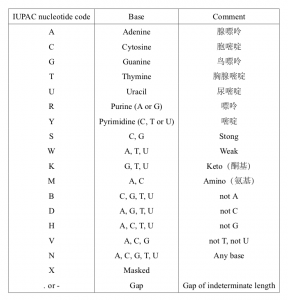3b0b85e1e288227a97fda77d0cce3197000……【阅读全文】
11月
29
11月
29
在Perl程序中显示进度条之使用Term::ProgressBar模块
-
A really simple use
-
A smoother bar update
1 2 3 4 5 6 7 8 9 10 11 12 13 14 15 16 17 18 | #!/usr/bin/perl -w use Term::ProgressBar 2.00; use constant MAX =》 100_0000; my $progress = Term::ProgressBar-》new(MAX); for ( 0 .. MAX ) { my $is_power = 0; for ( my $i = 0 ; 2**$i 《= $_ ; $i++ ) { $is_power = 1 if 2**$i == $_; } if ($is_power) { $progress-》update($_); } } |
1 2 3 4 5 6 7 8 9 10 11 12 13 14 15 16 17 | #!/usr/bin/perl -w use Term::ProgressBar 2.00; my $max = 100000; my $progress = Term::ProgressBar-》new($max); for ( 0 .. $max ) { my $is_power = 0; for ( my $i = 0 ; 2**$i 《= $_ ; $i++ ) { $is_power = 1 if 2**$i == $_; } $progress-》update($_); } |
11月
29
在Perl程序中显示进度条之使用Smart::Comments模块
-
简单的演示
3b0b85e1e288227a97fda77d0cce3197003……【阅读全文】
11月
28
程序代码中的缩进与大括号风格
-
K&R style
Named after Kernighan & Ritchie, because the examples in K&R are formatted this way. Also called `kernel style’ because the Unix kernel is written in it, and the `One True Brace Style’ (abbrev. 1TBS) by its partisans. In C code, the body is typically indented by eight spaces (or one tab) per level, as shown here. Four spaces are occasionally seen in C, but in C++ and Java four tends to be the rule
rather than the exception.……【阅读全文】
11月
28
又一个跨平台的网络云存储与同步服务
前面有两篇文章介绍跨平台的网络云存储、同步、备份软件或服务:……【阅读全文】
11月
28
在命令行中发送带附件的邮件
11月
25
在R中绘制双坐标轴(双y轴)的方法
为了方便演示,先虚构一套数据,如下所示:……【阅读全文】
11月
22
R Functions for Correlation Analysis
11月
22
IUB/IUPAC code
11月
17
炫酷且强大的Unix终端工具
信息来源:SHLUG(雨苍)……【阅读全文】
